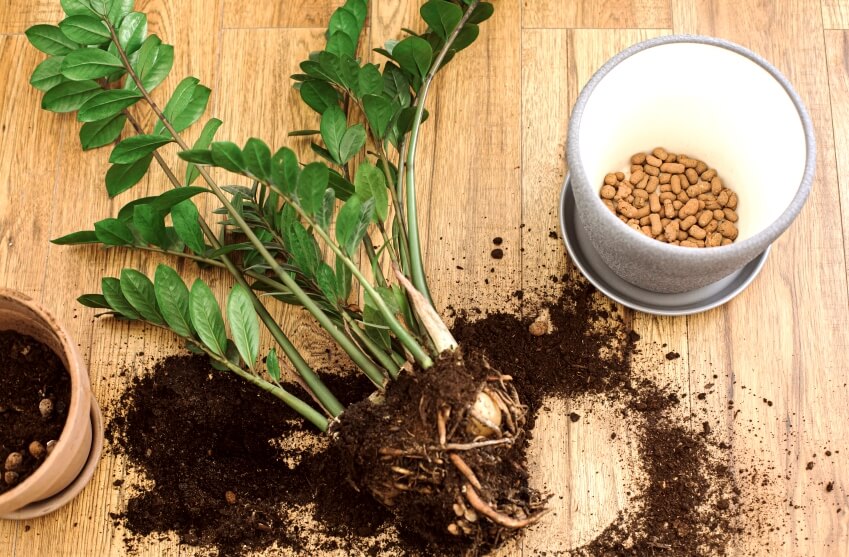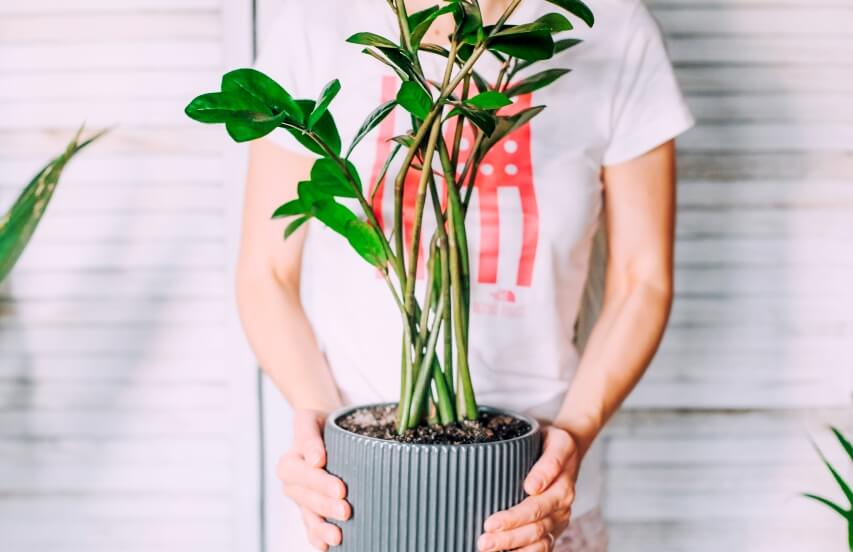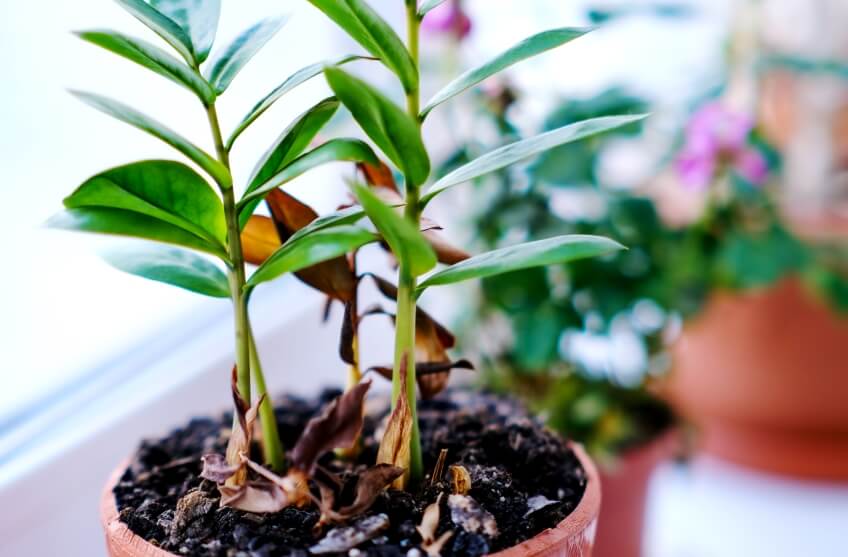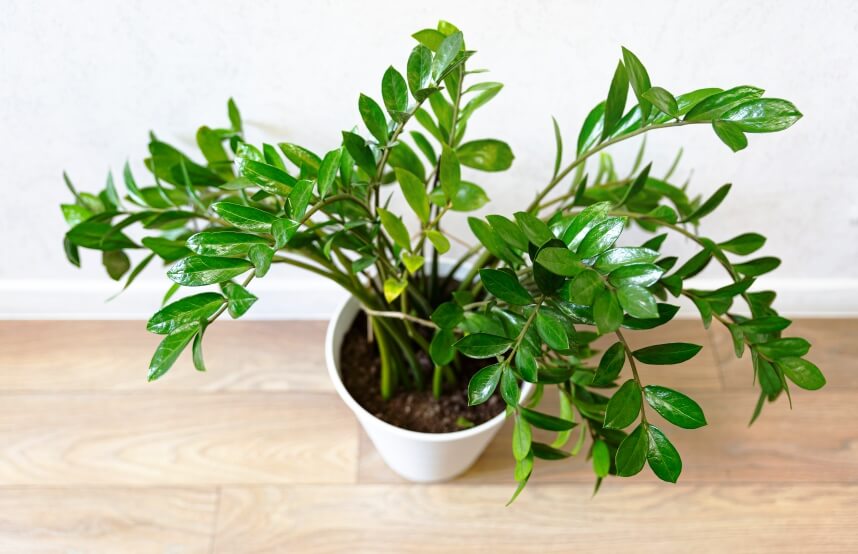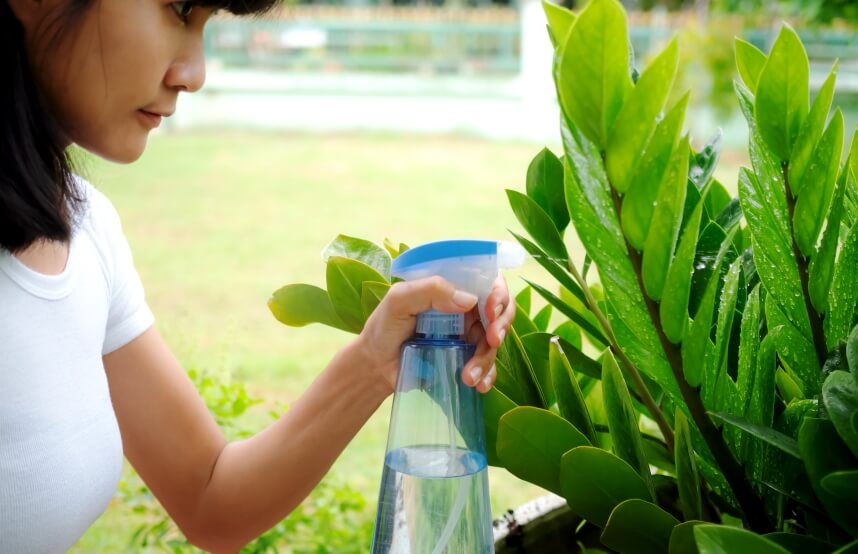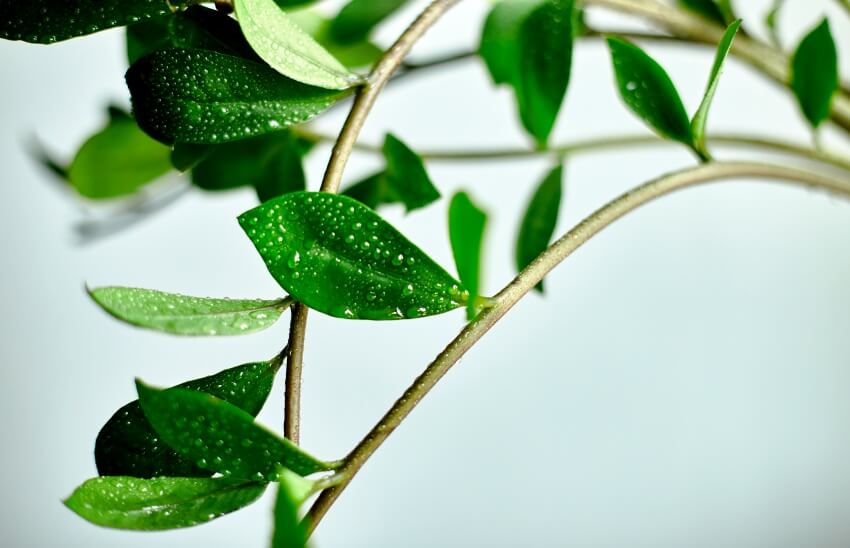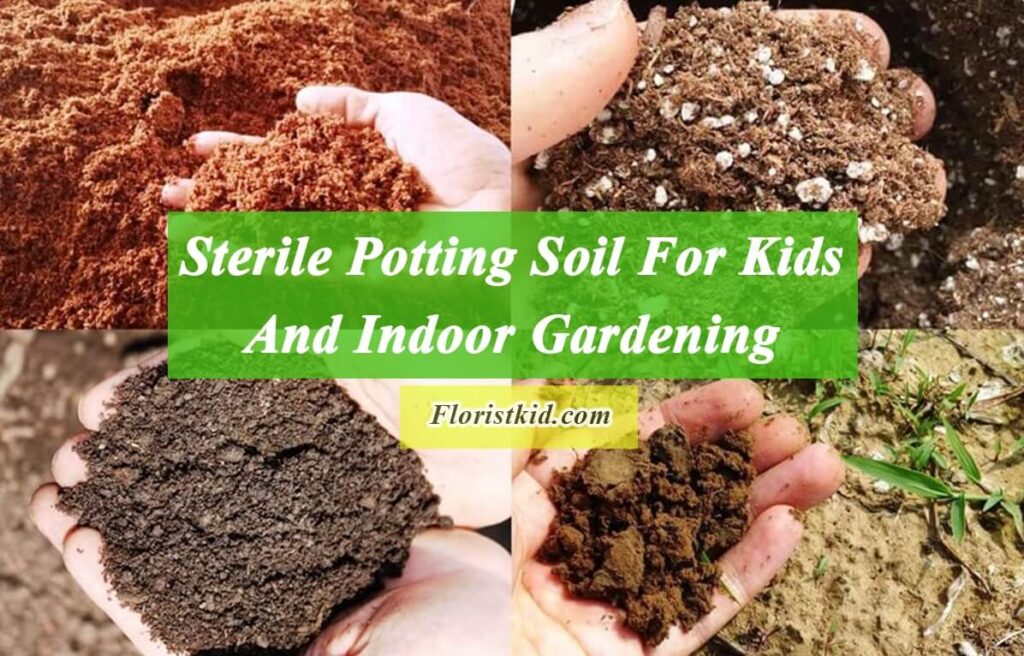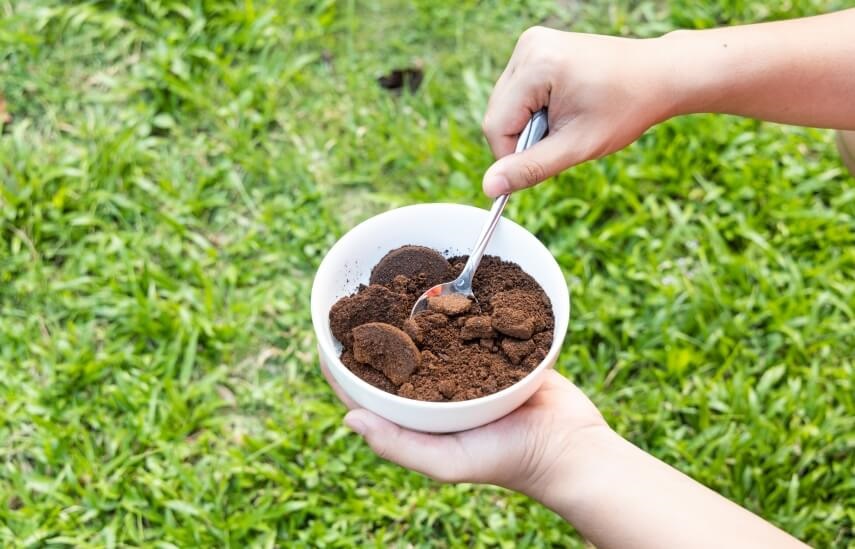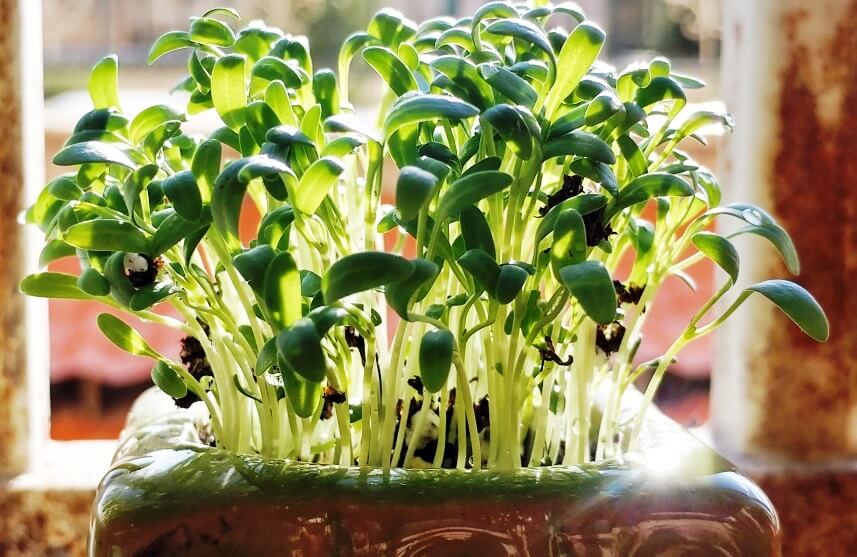The ZZ plant, scientifically known as Zamioculcas zamiifolia, stands out as an excellent indoor plant due to its low-maintenance nature. The multiple benefits of ZZ plants like thriving in drought conditions and low light, make them a preferred option for plant owners of all levels. With its glossy leaves, this tropical perennial adds rich texture to any environment.
Achieving the right soil is crucial for nurturing this houseplant effectively. That is why, this article will cover the factors that must be considered while preparing a soil mix for ZZ plants. Three ZZ plant soil recipes will also be discussed.
If you are interested in this topic , you can also read
<<Best soil for peace lily>> and <<Best soil for snake plants>>articles.
Signs of using the wrong soil mix
Fortunately, ZZ plants tolerate a wide range of soil conditions as long as they have adequate drainage. However, there are several characteristics you should avoid, such as dense soil that absorbs too much moisture.
Here are a few indicators that you have chosen the wrong soil mix for ZZ plants:
- The leaves are fading to yellow or brown
- Curling leaves
- The plant’s roots have rotted.
- Shriveling or wilting stems
Remember that these problems might also occur because of other ZZ plant environmental needs. For instance, Zamioculcas zamiifolia plants do not enjoy direct sunshine and prefer indoor humidity levels of between 40 and 50 percent.
Factors affecting ZZ plant soil ingredients
ZZ plants require nutrients for healthy growth. So, you must carefully choose an appropriate potting soil mix with balanced nutrients for the health and survival of your ZZ plants.
Generally, an appropriate potting soil mix for ZZ plants should be rich in nutrients and permeable; aeration is crucial to help the plant roots to breathe.
ZZ plants can thrive in any standard potting mix, but if you want your plants to flourish, it is better to choose the best soil combinations to give your plant an extra boost. But first, you must be aware of the crucial considerations for selecting a potting mix for ZZ plants. Some of the most ones are as below:
Nutritious soil
The three primary nutrients required to promote growth in plants are nitrogen (N), phosphorus (P), and potassium(K). Plants obtain their nutrients from the soil. These three elements are frequently referred to as NPK or macronutrients. Zamioculcas zamiifolia also requires the micronutrients copper, zinc, iron, manganese, boron, molybdenum, and nickel to remain vigorous.
In their natural habitat, ZZ plants obtain these nutrients from the soil’s organic matter that has decomposed. But, when grown outside of their habitat, they have less access to these nutrients. Therefore, if you want your Zamioculcas zamiifolia to survive, you should consider using a medium that has the same vital elements that are present in its natural environment.
Good drainage
Roots usually absorb oxygen through tiny pores. The respiration of a plant’s cells depends on oxygen. In other words, plants require oxygen to survive, like people and other animals.
To enable the roots to breathe, the soil must have good drainage. The roots will eventually die if the soil is overly compacted or tight, which will trap extra water around them. A plant that lacks oxygen will also be more susceptible to fungi and illnesses like root rot.
Good aeration
Aeration increases the amount of oxygen that reaches the roots and lessens soil compaction. Aerated soil is also necessary for the rapid growth of ZZ plants. However, remember that the soil must also be able to retain adequate moisture and nutrients to suit the needs of the plant.
pH level
The ideal pH range for the ZZ plant is between 6.0 and 7.0. This implies that it will thrive in either neutral or more acidic soil.
How to make the best soil mix for ZZ plant (DIY recipes)
ZZ plants will thrive and grow contentedly for many years if the right soil mix is selected and cared for properly.
The following are some recipes for making the best soil mix for ZZ plants:
1) All-purpose potting soil mix
You can use an All-purpose potting soil mix for Zamioculcas zamiifolia. You will need to add a few more items to assist your soil mix with appropriate drainage and aeration while storing enough nutrients and moisture. You can use the following instruction to make the best potting soil for Zamioculcas zamiifolia :
- Two parts all-purpose potting soil
- One part horticultural sand
- One part perlite or pink bark fines
2) All-purpose potting soil mix and cactus mix
Beginner growers might be unsure about using a cactus mix for their ZZ plants. The good news is that ZZ plants do well with cactus and succulent mixes. Cactus mixes are comprised of limestone, sand, and perlite. These mixes are porous and have good aeration and drainage properties.
Here is the suggested recipe for using a cactus mix for your ZZ plant:
- Three parts all-purpose potting soil, such as Miracle Grow
- One part organic material or compost
- One part cactus mix
3) All-purpose potting soil mix and perlite
Perlite enhances the soil’s ability to drain and aerate when added to the soil mixture. Adding perlite also makes the soil lighter while improving moisture and nutrient retention. You can use this recipe to make an excellent perlite mixture:
- One part all-purpose potting soil mix
- One part peat moss
- Two parts perlite
4) Pre-made potting soil mix
You can also use pre-made soil mixtures if you do not want to deal with the effort of producing your own soil mix. Some of the best pre-made soil mixes for ZZ plants are as below:
1) Black Gold’s Natural and Organic Potting Soil
2) FoxFarm Ocean Forest Potting Soil
4) FoxFarm Happy Frog Potting Soil
How to mix and use ZZ plant soil mix
The sap of the ZZ plant contains calcium oxalate crystals, which can irritate the skin and eyes. So before touching and handling your ZZ plant, wear gloves to prevent any skin issues.
Choose your desired recipe and prepare the needed ingredients before starting to make your soil mix for the ZZ plant. Mix the components in a separate container with a little water to make them wet. Now your ZZ plant soil mix is ready to be used.
Add a few inches of the final ZZ plant soil mix to your pot and then Place the plant in its new container. Fill in any spaces with the remaining soil mix, and make sure that your Zamioculcas zamiifolia is firmly planted in its pot.


